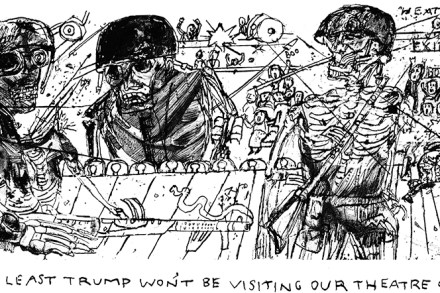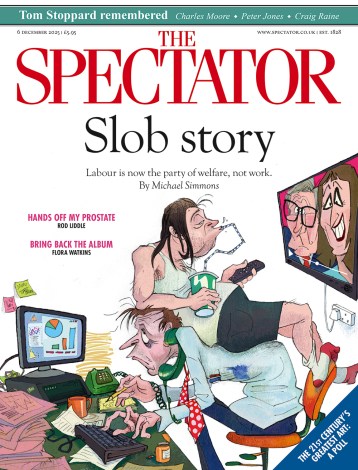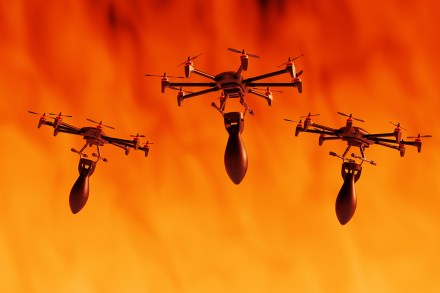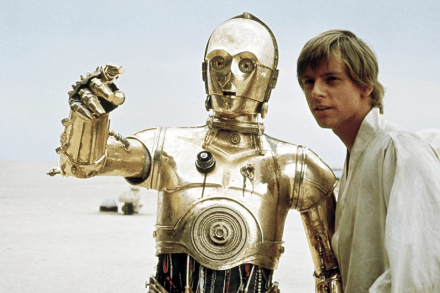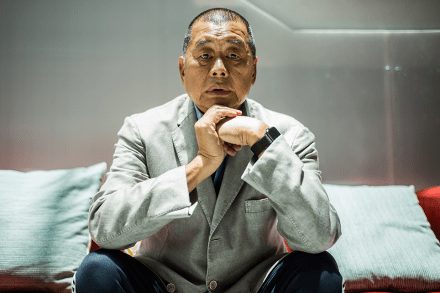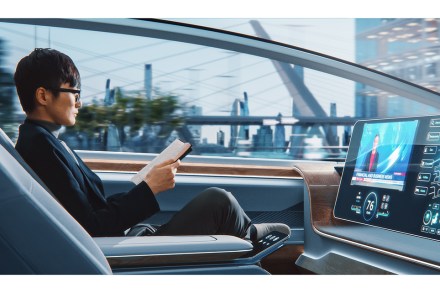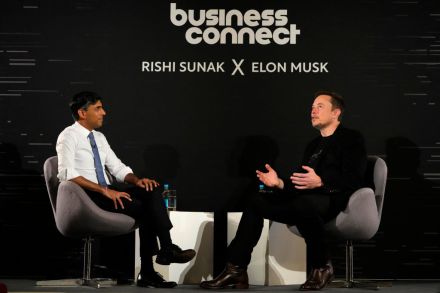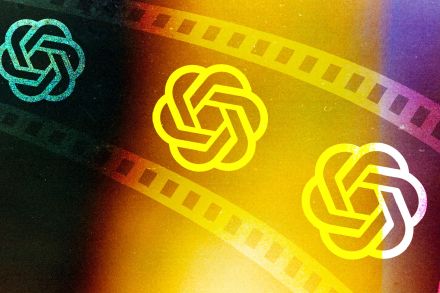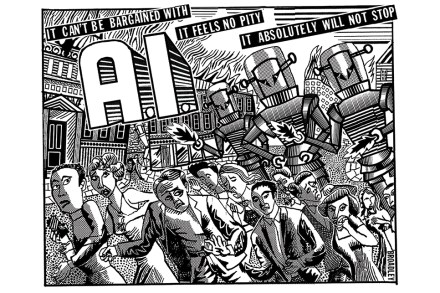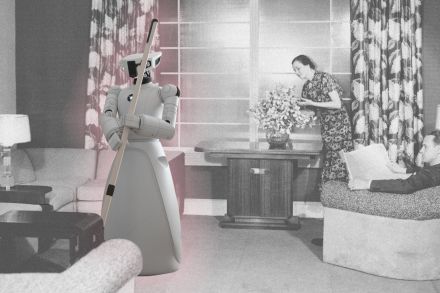Portrait of the week: DeepSeek, Duke of Sussex’s damages and an iceberg the size of Cornwall
Home The government would invest 2.6 per cent of GDP a year to create growth, Rachel Reeves, the Chancellor of the Exchequer, said in a speech. Standing behind a placard reading ‘Kickstart economic growth’, she kept repeating the word ‘growth’. Welfare and the visa system would be reformed. A third runway at Heathrow would bring 100,000 jobs. But net zero, she said, was the ‘industrial opportunity of the 21st century’. Earlier she had said that the government’s own Finance Bill implementing October’s Budget would be amended to soften the effects of its tax measures against non-domiciled residents. The Ministry of Defence ordered £9 billion worth of nuclear submarine reactors from
